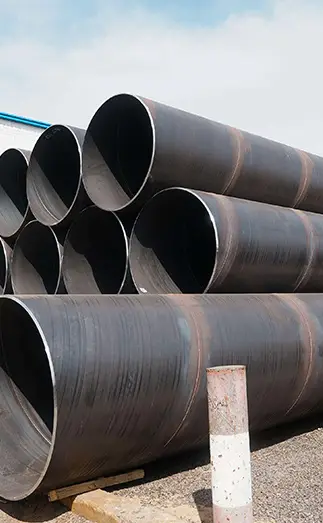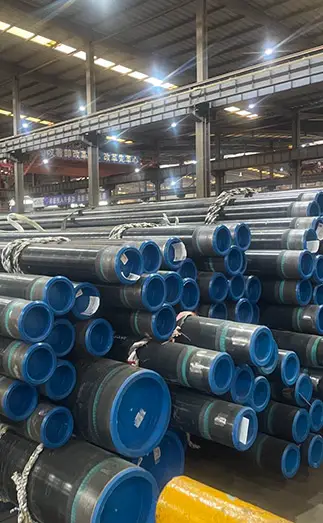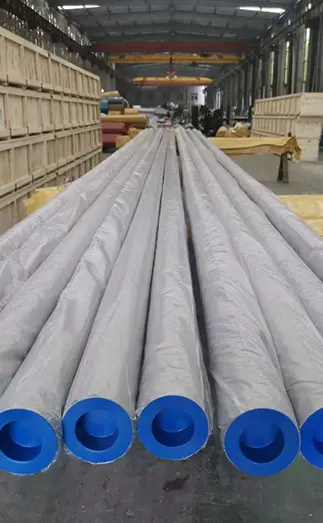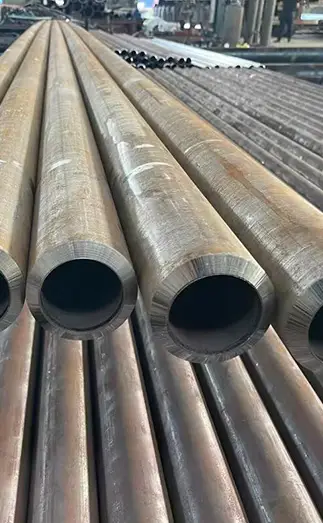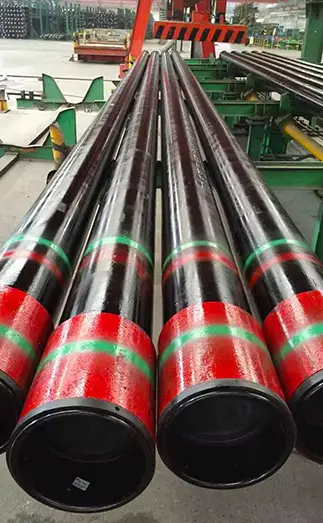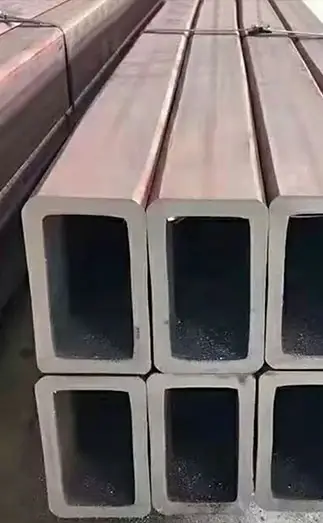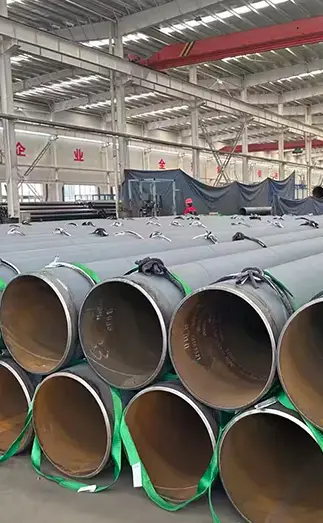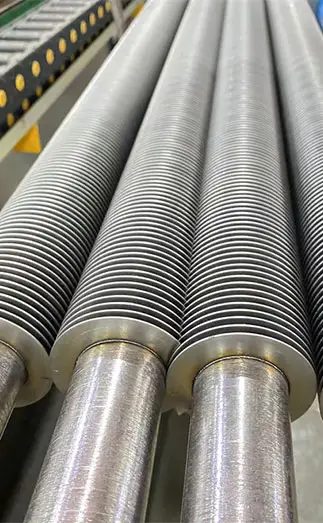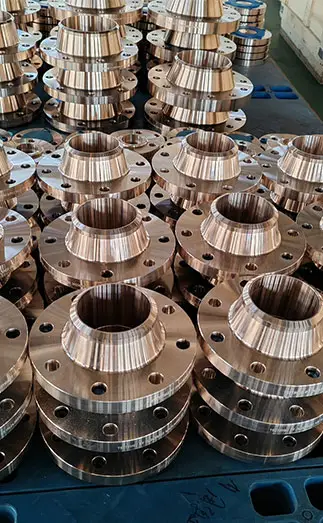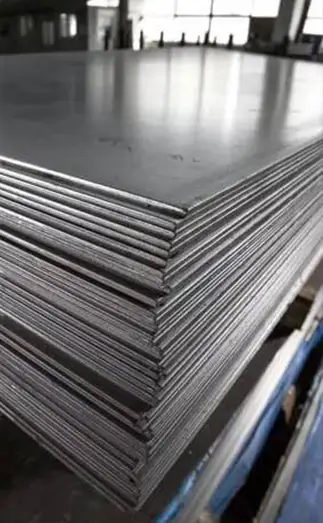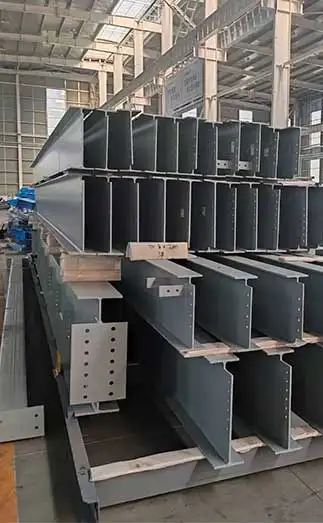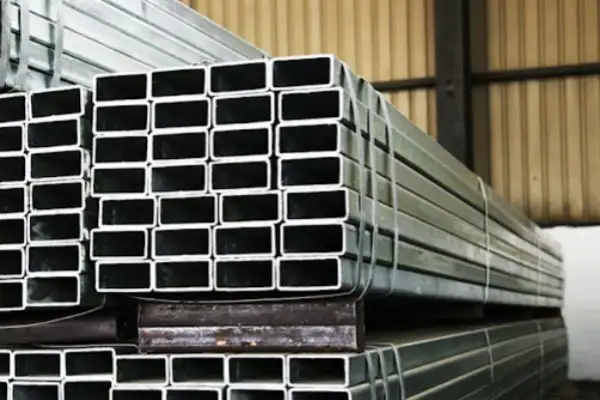The difference between P91 Type 1 and P91 Type 2 pipes primarily lies in their chemical composition, mechanical properties, and processing methods, which impact their performance in high-temperature and high-pressure environments. Here are the key distinctions.
Super Steel Manufacturing Co.,Ltd is professional p91 type 1 and type 2 pipes manufacturer, for more details, please contact:sales@super-steels.com
1. Chemical Composition
|
Grade
|
UNS Designation
|
Chemical Composition %
|
|
P91 Type 1
|
K91560
|
C
|
Mn
|
P
|
S
|
Si
|
Ni
|
Cr
|
Mo
|
|
0.08-0.12
|
0.30-0.60
|
0.020
|
0.010
|
0.20-0.50
|
0.40 max
|
8.00-9.50
|
0.85-1.05
|
|
V
|
N
|
Al
|
Cb
|
Ti
|
Zr
|
Sn
|
Sb
|
|
0.18-0.25
|
0.030-0.070
|
0.02 max
|
0.06-010
|
0.01 max
|
0.01 max
|
_
|
_
|
|
P91 Type 2
|
K91560
|
C
|
Mn
|
P
|
S
|
Si
|
Ni
|
Cr
|
Mo
|
|
0.08-0.12
|
0.30-0.50
|
0.020
|
0.005
|
0.20-0.40
|
0.40 max
|
8.00-9.50
|
0.85-1.05
|
|
V
|
N
|
Al
|
Cb
|
Ti
|
Zr
|
Sn
|
Sb
|
|
0.18-0.25
|
0.035-0.070
|
0.02 max
|
0.06-0.10
|
0.01 max
|
0.01 max
|
0.010 max
|
0.003 max
|
2. Mechanical Properties
Type 2 P91 generally offers improved creep resistance, toughness, and ductility compared to Type 1.
Enhanced impact toughness at low temperatures and better resistance to embrittlement over time.
3. Microstructure and Performance
Type 1 P91: Traditional P91 steel requires precise heat treatment and post-weld heat treatment (PWHT) to achieve the desired microstructure and mechanical properties.
Type 2 P91: Improved microstructure stability, reducing the risk of premature thermal aging and embrittlement, especially in long-term high-temperature service.
4. Weldability
P91 Type 1: Requires strict preheating and PWHT to avoid cracking in welded joints.
P91 Type 2: Modified composition improves weldability, reducing susceptibility to cracking and making it easier to handle during fabrication.
5. Application & Industry Use
Both types are used in power plants, petrochemical industries, and high-temperature pressure systems, but P91 Type 2 is often preferred for more demanding environments due to its improved long-term performance and reliability.
Conclusion
P91 Type 2 is an enhanced version of Type 1, with better weldability, toughness, and long-term creep resistance. It is a more advanced choice for modern high-temperature applications where performance longevity is critical.



 English
English Español
Español Français
Français بالعربية
بالعربية